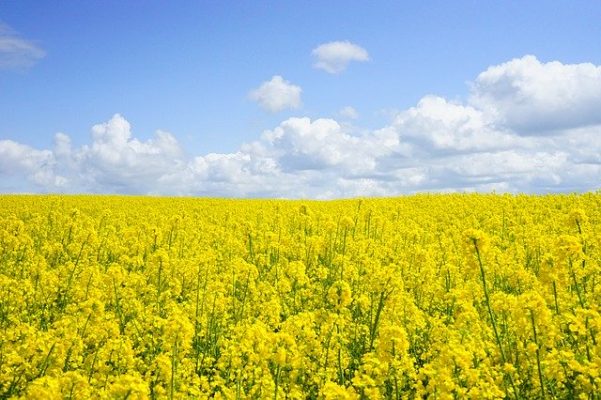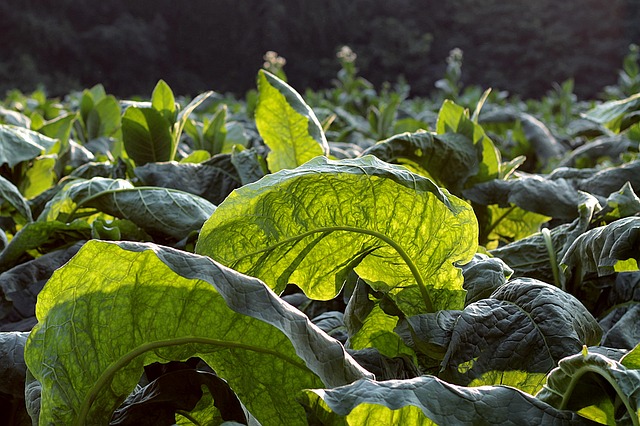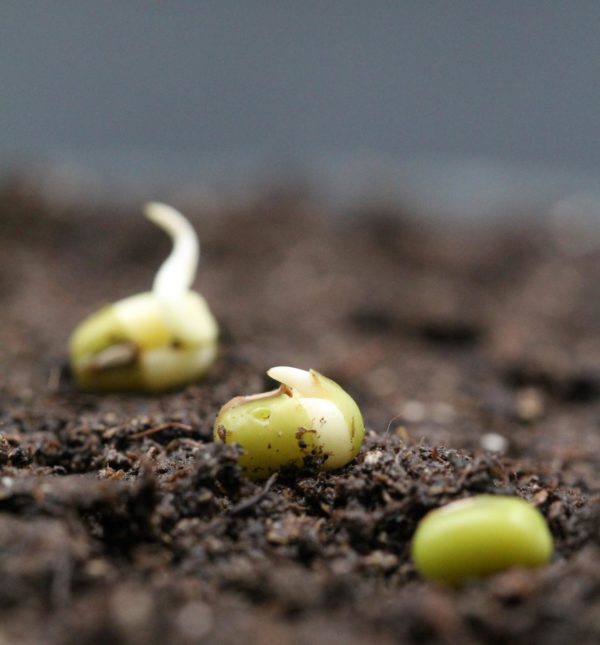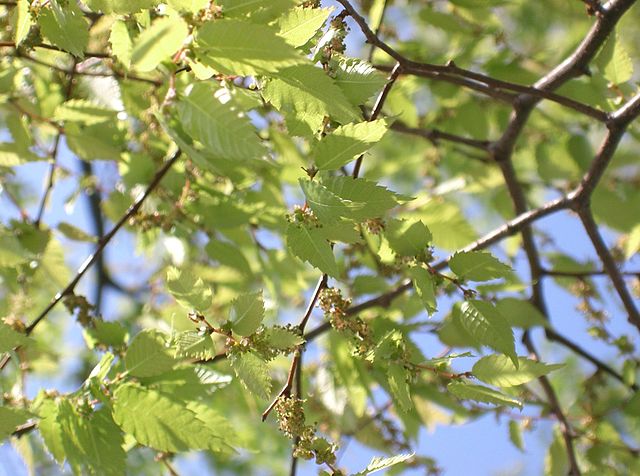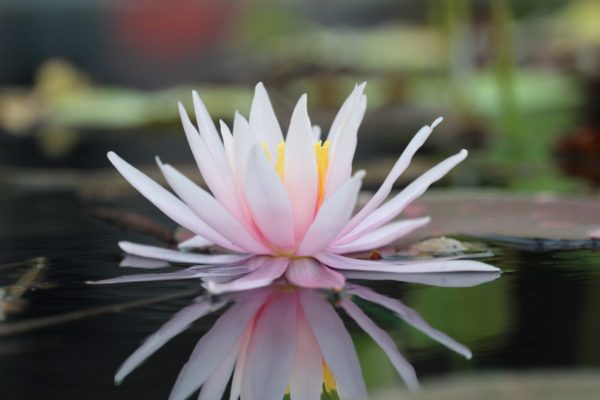
Plant life is expanding in the area around Mount Everest, and across the Himalayan region, new research shows. Scientists used satellite data to measure the extent of subnival vegetation – plants growing between the treeline and snowline – in this…
Read More


